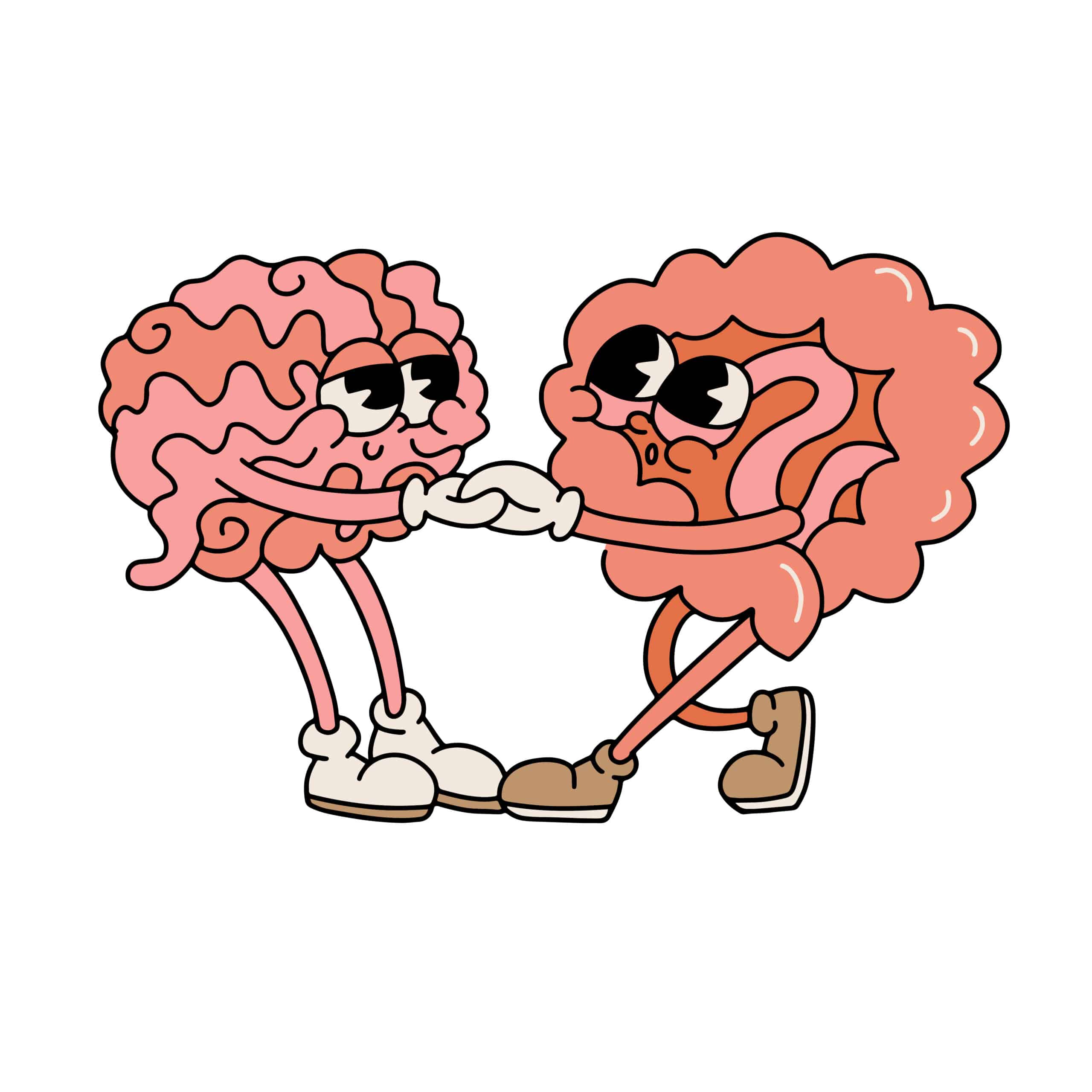A study from the Monell Chemical Sense Center published in Cell Metabolism describes unraveling the internal neural wiring of the puzzle, revealing that there are separate fat and sugar-craving pathways. The team also revealed a rather concerning result: Overeating; combining these pathways overly triggers our desire to eat more than we usually would. Their research may help to provide insight into what controls motivated eating behavior, pointing to a subconscious internal desire to consume a diet that is high in fats and sugar that may counteract our dieting efforts.
“Food is nature’s ultimate reinforcer,” said Monell scientist Guillaume de Lartigue, PhD, lead author of the study. “But why fats and sugars are particularly appealing has been a puzzle. We’ve now identified nerve cells in the gut rather than taste cells in the mouth are a key driver. We found that distinct gut-brain pathways are recruited by fats and sugars, explaining why that donut can be so irresistible.”
The paper describes using cutting-edge technology to directly manipulate fat or sugar neurons in the vagus nerve system to demonstrate how both types of neurons can cause a release of dopamine in the brain’s reward center. In doing this the researchers discovered that there were two dedicated vagus nerve pathways: one for sugars and another for fats, and these circuits originating in the gut relayed information about what was eaten to the brain, setting the stage for cravings.
The gut vagal nerves were stimulated with light to determine how fats and sugars affected the brain. When stimulated with light, the mice were observed to become induced to actively seek out stimuli, which in this case was food that engaged these circuits. This indicates that sugar and fat are sensed by discrete neurons of the vagus nerve, and they engage parallel but distinct reward circuits to control the nutrient-specific reinforcement.
Simultaneously activating both circuits was found to create a powerful synergy which may explain why dieting can be so challenging, as the human brain may be programmed to seek out high-fat/sugar foods regardless of our best conscious efforts to resist those temptations. The team believes that targeting and regulating the gut-brain rewards circuits could offer an approach to curbing unhealthy eating habits to fight the obesity epidemic.
“It’s like a one-two punch to the brain’s reward system,” said de Lartigue. “Even if the total calories consumed in sugar and fats stays the same, combining fats and sugars leads to significantly more dopamine release and, ultimately, overeating in the mice.”
“The communication between our gut and brain happens below the level of consciousness,” said de Lartigue. “We may be craving these types of food without even realizing it.”
“Understanding the wiring diagram of our innate motivation to consume fats and sugars is the first step towards rewiring it,” said de Lartigue. “This research unlocks exciting possibilities for personalized interventions that could help people make healthier choices, even when faced with tempting treats.”




